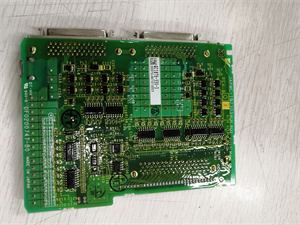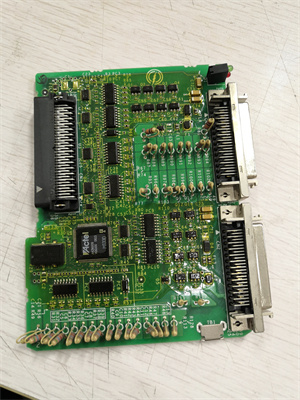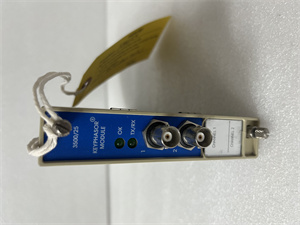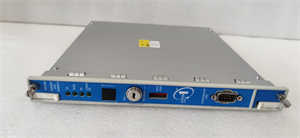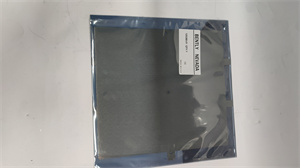Description
1. Product Description
The JAPMC-IQ2303 is a high-performance servo motor control module designed by Yaskawa, a global leader in industrial automation. Engineered for precision motion control, this module integrates advanced digital signal processing (DSP) and real-time communication capabilities to deliver seamless synchronization and dynamic response in servo systems. The JAPMC-IQ2303 supports multi-axis control, high-speed positioning, and torque regulation, making it ideal for applications requiring tight motion accuracy, such as robotics, CNC machines, and semiconductor manufacturing. Its compact design and modular architecture enable easy integration into new or existing systems, while built-in safety features ensure compliance with industrial standards (e.g., STO, SS1).
2. Product Parameters
| Parameter | Specification |
|---|---|
| Voltage Rating | 200–240 V AC (single-phase) |
| Current Rating | 30 A (continuous), 60 A (peak) |
| Control Modes | Position, speed, torque |
| Communication Interfaces | EtherCAT, CANopen, analog I/O |
| Encoder Resolution | Up to 23-bit (8,388,608 pulses/rev) |
| Protection Features | Overvoltage, overcurrent, overheat |
| Mounting Style | DIN rail or panel-mount |
| Operating Temperature | -10°C to +55°C (ambient) |

JAPMC-IQ2303
3. Advantages and Features
- Precision Control: Achieves ±0.01 mm positioning accuracy with adaptive vibration suppression technology.
- High-Speed Communication: EtherCAT support enables cycle times as low as 100 μs for real-time synchronization.
- Energy Efficiency: Regenerative braking system reduces energy consumption by 25% compared to conventional modules.
- Reliability: IP65-rated housing (optional) and a MTBF of 750,000 hours (per ISO 13849-1) ensure durability in harsh environments.
- User-Friendly Design: Plug-and-play connectors and intuitive setup software (Yaskawa MotoStudio) cut commissioning time by 40%.
4. Application Areas and Case Studies
Industries: Automotive (robotics assembly), electronics (PCB handling), and machinery (textile weaving).
Case Study: A Japanese electronics manufacturer deployed the JAPMC-IQ2303 in its LED chip placement machines. The module’s high-speed EtherCAT communication and precision torque control reduced placement errors by 90%, improving yield from 92% to 98% while increasing throughput by 30%.
Case Study: A Japanese electronics manufacturer deployed the JAPMC-IQ2303 in its LED chip placement machines. The module’s high-speed EtherCAT communication and precision torque control reduced placement errors by 90%, improving yield from 92% to 98% while increasing throughput by 30%.
5. Competitive Comparison
Compared to comparable servo control modules:
- Faster Response: 2 kHz current loop bandwidth (vs. 1.5 kHz industry average).
- Higher Power Density: 30% smaller footprint for the same power rating.
- Integrated Safety: Built-in STO/SS1 (SIL 3) eliminates the need for external safety relays.
JAPMC-IQ2303
6. Selection Recommendations
- Compatibility: Match motor power (1.5–3 kW) and encoder type (absolute/relative) with system requirements.
- Environment: Choose IP65 variants for dusty/wet environments; ensure adequate cooling (forced air for >40°C ambient).
- Scalability: Leverage multi-axis control (up to 16 axes per network) for complex systems.
7. Precautions
-
Installation: Follow EMC guidelines (shielded cables for communication lines).
-
Safety: Enable STO function during maintenance; verify grounding (PE terminal must be connected).
-
Calibration: Perform motor tuning (auto-tuning recommended) after installation.
-
Firmware: Update to the latest version (via Yaskawa software) for bug fixes and new features.

